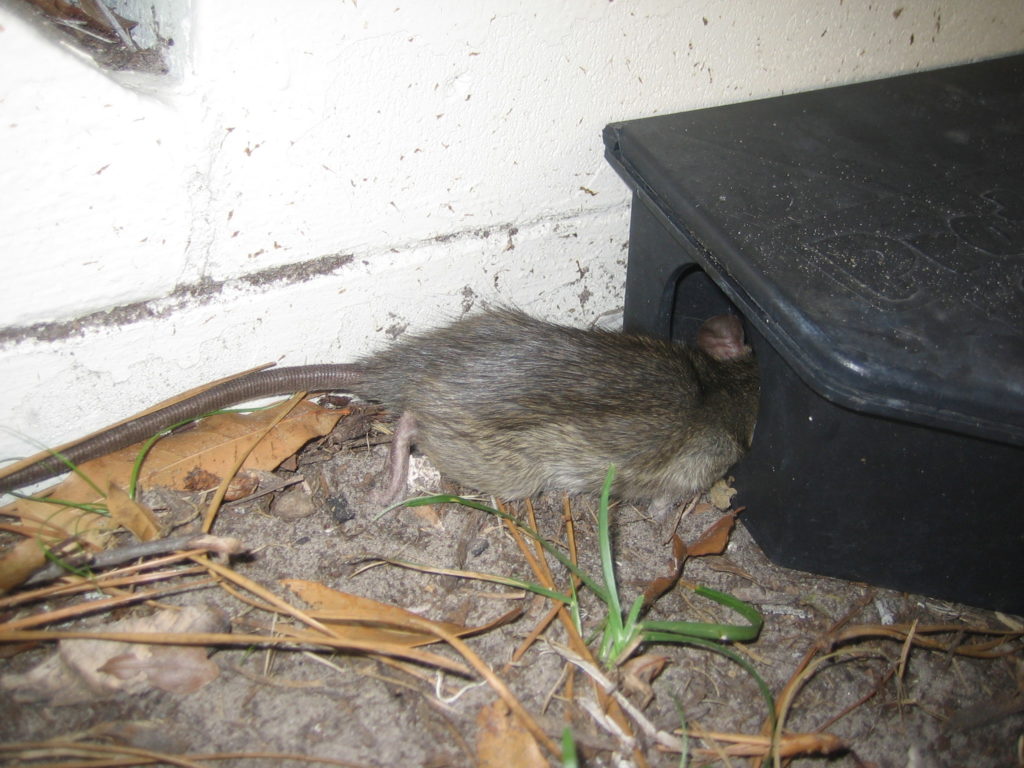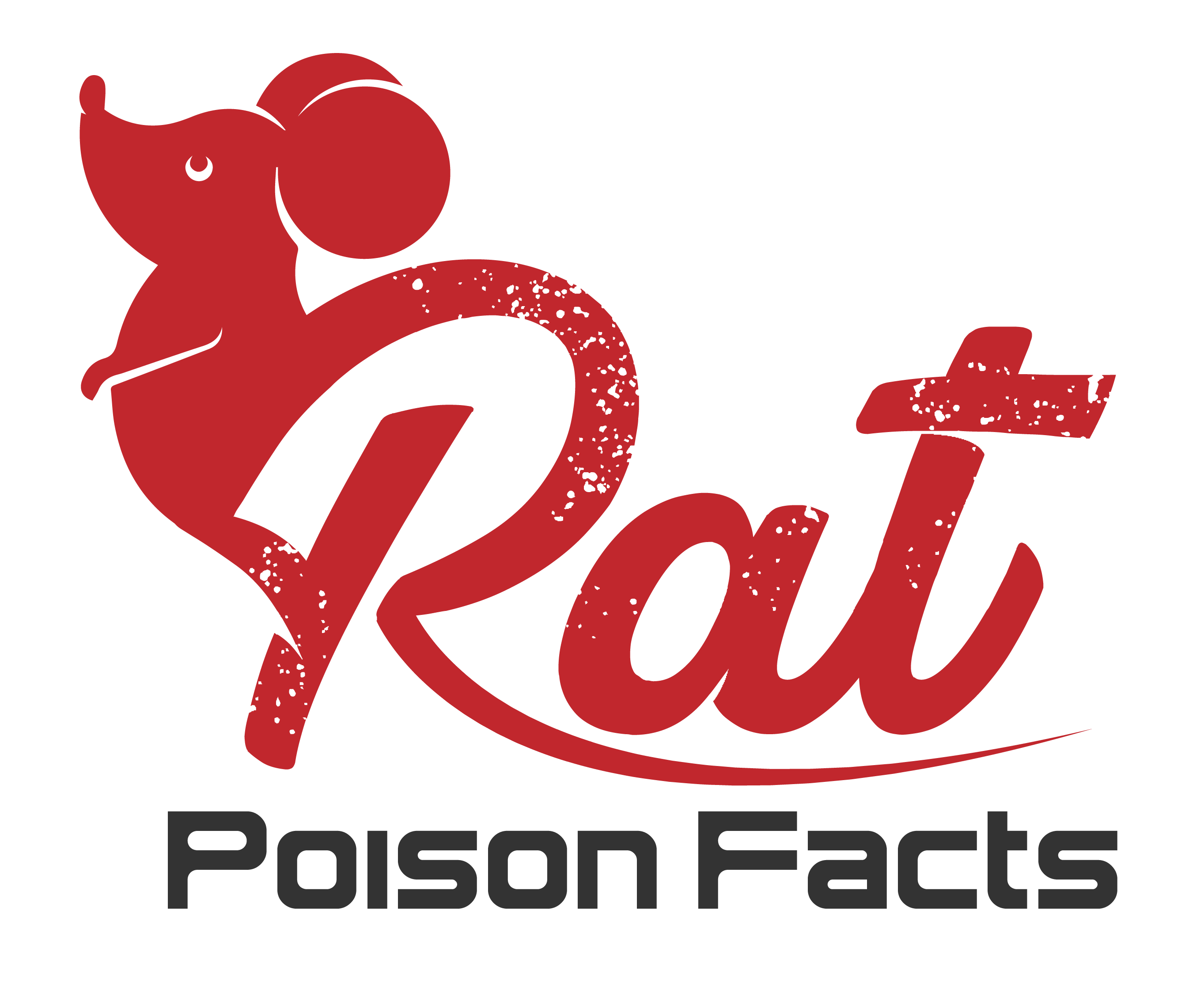
The most common type of rat poison that you will find on the market is the anticoagulant. These anticoagulants are based on the anticoagulants used in humans, such as Warfarin, and are available in multiple varieties.
How Anticoagulant Poisons Work
Anticoagulant poisons work by stopping a key enzyme in the body that lets it recycle vitamin K. In healthy rodents and people, this enzyme is produced by the liver and is crucial as the vitamin K is required to produce blood clotting agents that prevent us from bleeding excessively.
In other words, anticoagulants prevent the special enzyme from working, preventing the body from recycling vitamin K. There is usually a small additional supply of this enzyme in the body, but it can quickly run out with a high enough dose of anticoagulant.
Once the anticoagulant begins to take effect, the rodents will likely experience internal bleeding. The same would be true of humans or other animals that consume the same poison in excessive quantities.
The First Anticoagulant Poison – Warfarin

The mention of Warfarin as an example earlier was no coincidence, as this was the first of the anticoagulant rodenticides. It was first registered for use in this way in 1950. The discovery of Warfarin came in moldy sweet clover which caused cattle to get sick. A fungus in the clover converted a naturally-occurring chemical to one that was more toxic.
The only reason that Warfarin decreased in popularity for rat poison was that rodents started developing a resistance to it. That forced experts to come up with other rodenticides, including the newer anticoagulants.
Single vs Multiple Doses
Depending on the main active ingredient in the anticoagulant, the rodent may need to just consume a single dose or may need several.
Single-dose anticoagulants, aka second-generation anticoagulants, include bromadiolone, brodifacoum, and difethialone. They have a high toxicity, which is why they can work in a single dose. They are more toxic due to their ability to bind with the enzyme responsible for producing blood-clotting agents. Additionally, these single-dose anticoagulants can interrupt the process of recycling vitamin K in other ways.
First-generation or multiple-dose anticoagulants include Warfarin, diphacinone, and chlorophacinone. These are usually in concentrations of 0.005 to 0.1 percent, which is higher than the concentration of single-dose ones. Even so, they still require consumption for several days due to their low toxicity. By comparison, second-generation or single-dose anticoagulants can be toxic to rodents in just one dose, despite it being with a lower concentration of 0.001 to 0.005 percent.
It is also important to note that only licensed applicators can use many of the single-dose rodenticides. This requirement is usually due to their high toxicity levels.
The Risk of Primary and Secondary Poisoning to People and Pets

It is possible for people or pets to unintentionally consume anticoagulant rat poisons and get extremely sick or even die. Primary poisoning would be if the poison is directly consumed, such as a dog or small child finding it and placing it in their mouth. Secondary poisoning would be from coming into contact with the poisoned rodent, or even eating it, which is a possibility for dogs and cats.
Depending on the quantities consumed, people and pets may never even experience symptoms. However, the risk is always there and serious symptoms are possible, so you should always seek medical or veterinary care if someone or a pet accidentally ingests the anticoagulant.
Symptoms
Symptoms to look out for in animals include weakness, lethargy, and difficulty breathing. You may also notice pain, abdominal distension, shaking, seizures, the gums bleeding, black and bloody stools, vomiting, coughing, and/or bruising. In people, be aware of issues like internal bleeding or sudden bleeding from the gums, skin, or nose.
There is a higher risk of pets suffering serious symptoms from single-dose anticoagulants than multiple-dose ones. This is particularly true when the rodent keeps consuming the single-dose anticoagulant after its first toxic dose. In this case, it may have more than the toxic dose before it dies. Even so, animals that eat rodents poisoned with multiple-dose anticoagulants can be poisoned.
The common method of treating people or animals that were accidentally poisoned by anticoagulant rat poisons is to use vitamin K. This helps make up for the reduction in vitamin K recycling by providing the body with the nutrient.

Blood transfusions can also help in humans. This is effective because some of the anticoagulants work via inhibition of liver functions. When poisoning has advanced, patients no longer have some of the blood-clotting factors and less blood is circulating. The blood transfusion can also include the clotting factors to maximize the effectiveness.
Should You Use Anticoagulant Rat Poison?
The question is more whether you should use any rat poison rather than if you should use anticoagulant poison. Poisons can have moderate success, but there are risks associated with using them. You will put your family and pets at risk if someone accidentally ingests the poison. In the best-case scenario, this would result in expensive medical or veterinary bills. In the worst case, it would result in death.
Additionally, no rat poison kills the rodents instantly. This gives them time to go somewhere comfortable and hidden to die. As such, you will have no idea where the dead rat will be, but it is unlikely to be in your view. This means that you will have to try to find it before it starts to attract flies or smell.
It is best to try other rodent control methods before using rat poison, as this is better for your family and will make your life easier.
Your first step should always be to prevent more rodents from getting inside and to make your property less attractive. Seal up entry points and ensure you maintain high standards of sanitation. You should also try trapping, since that method lets you control where the rats end up, saving you the hassle of looking for a rapidly-decomposing rat carcass.
